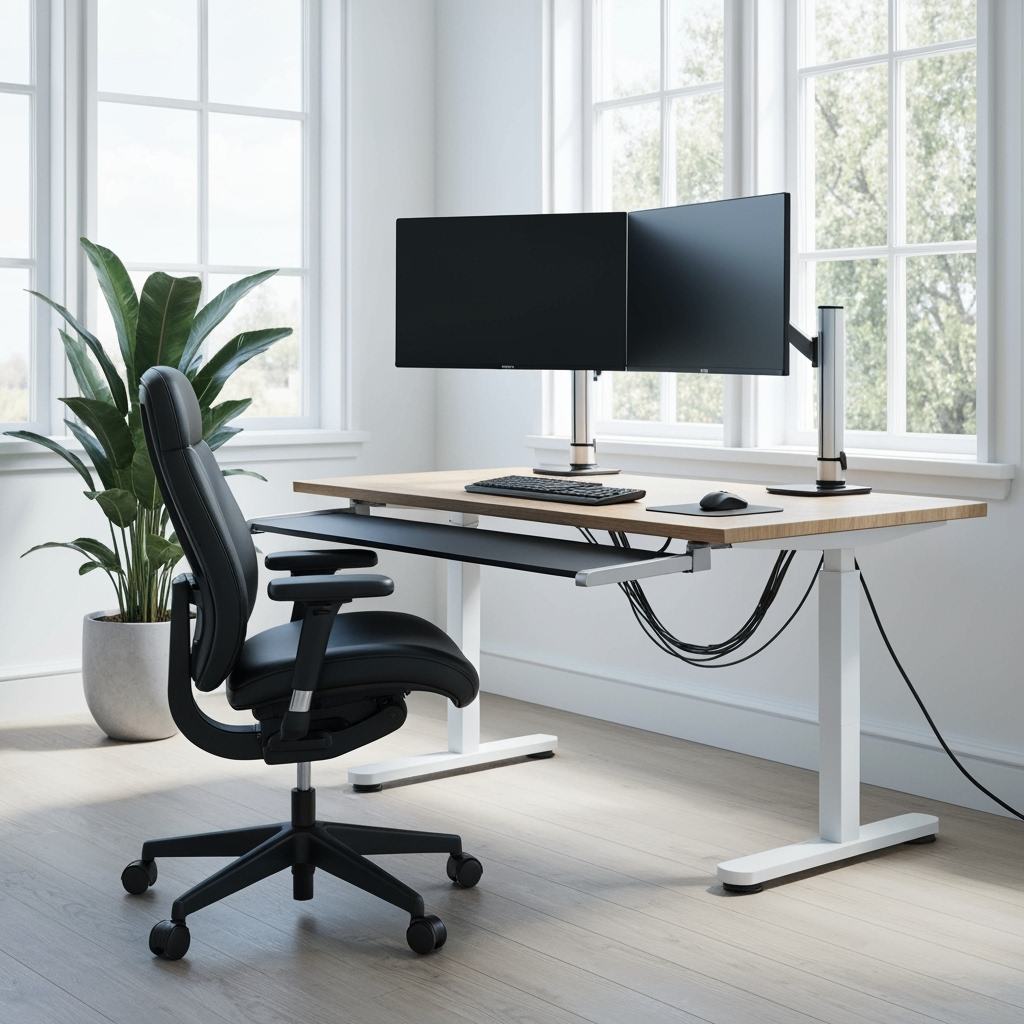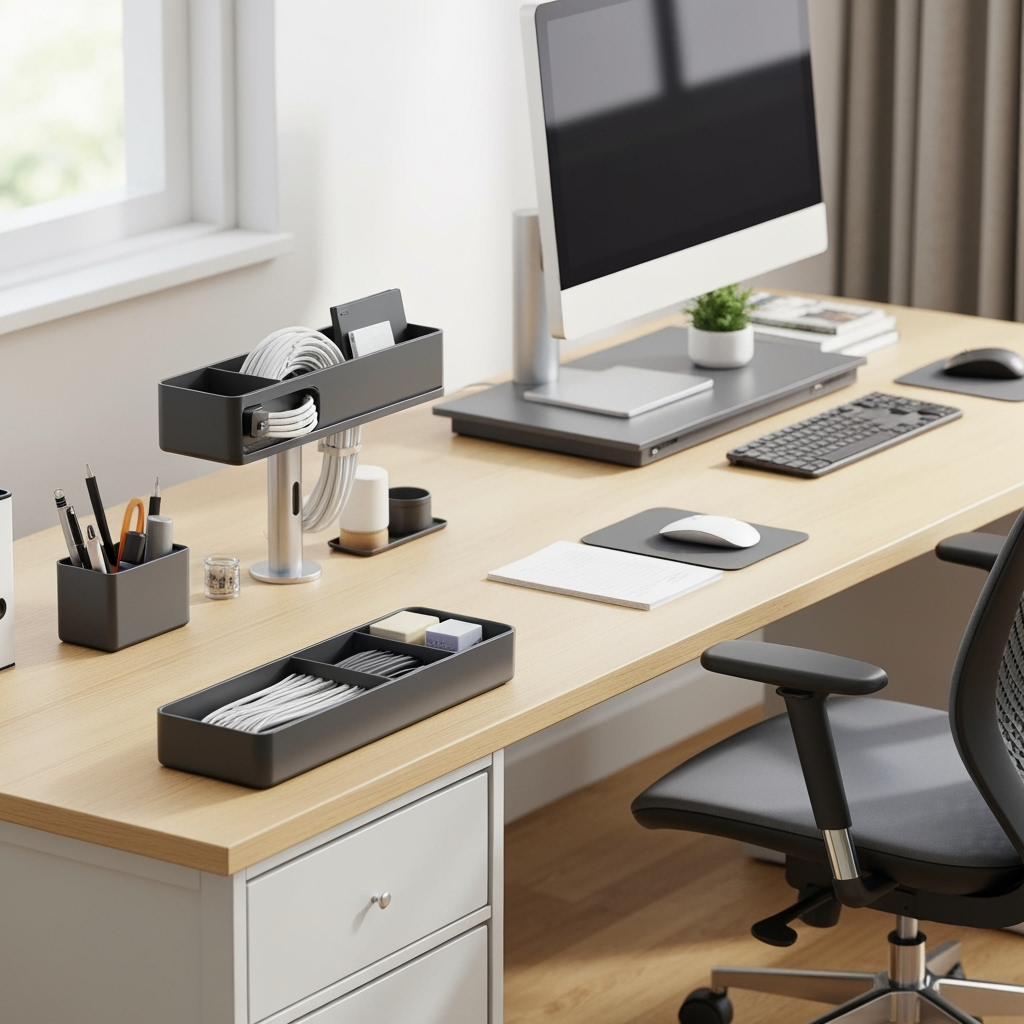
Why Ergonomic Storage Matters in Your Home Office
As remote work becomes a permanent fixture in our professional lives, creating an ergonomic home office that prioritizes both health and organization is essential. Proper storage solutions not only keep your workspace tidy but also contribute to better posture, reduced strain, and increased productivity. This guide will help you develop an ergonomic storage system that supports your well-being while maximizing your work-from-home efficiency.
Essential Components of Ergonomic Office Storage
Creating an ergonomic workspace requires thoughtful consideration of storage solutions that keep frequently used items within easy reach while maintaining proper posture. Here are key storage elements to consider:
- Monitor stands with built-in storage compartments
- Desk organizers within your neutral reach zone
- Under-desk storage solutions that don’t restrict leg movement
- Cable management systems to prevent tripping hazards
- Adjustable keyboard trays with wrist support

Organizing Your Workspace for Optimal Health
The key to ergonomic storage is placing items based on frequency of use while maintaining proper posture:
Primary Zone (Immediate Reach)
Store daily essentials like:
- Keyboard and mouse
- Important documents
- Writing materials
- Mobile devices
Secondary Zone (Extended Reach)
Position less frequently used items like:
- Reference materials
- Office supplies
- Personal items
- Technology accessories
Smart Storage Solutions for Common Office Items
Implement these storage ideas to maintain ergonomic principles:
Document Management
- Vertical file organizers to reduce reaching and twisting
- Desktop sorting systems within arm’s reach
- Wall-mounted document holders at eye level
Technology Organization
- Cable management boxes to prevent clutter
- Adjustable monitor arms with storage features
- Keyboard trays with built-in compartments
Maximizing Space with Storage Units
When your home office needs additional storage, consider these options:
- Mobile filing cabinets that can be pulled close when needed
- Wall-mounted shelving at proper heights
- Corner storage solutions to maximize space
- Storage ottomans for dual functionality
Maintaining Your Ergonomic Storage System
Regular maintenance of your storage system ensures continued ergonomic benefits:
- Weekly organization of primary storage zones
- Monthly review of secondary storage areas
- Quarterly assessment of storage efficiency
- Regular cleaning of storage surfaces
When to Consider External Storage
Sometimes, maintaining an ergonomic home office requires external storage solutions. Consider using a storage unit when:
- Your home office is becoming cramped with materials
- Seasonal office equipment needs temporary storage
- You need to store backup office furniture
- Archive documents require secure, off-site storage
Creating Your Ergonomic Storage Action Plan
Follow these steps to implement your ergonomic storage system:
- Assess your current workspace and storage needs
- Measure your reach zones and plan storage accordingly
- Invest in appropriate storage solutions
- Arrange items based on frequency of use
- Maintain organization with regular reviews
Conclusion
Creating an ergonomic storage system in your home office is an investment in both your health and productivity. By thoughtfully organizing your space and utilizing appropriate storage solutions, you can maintain proper posture while keeping essential items easily accessible. Remember that ergonomic storage is not a one-time setup but an ongoing process that should evolve with your working needs.










Leave a Reply